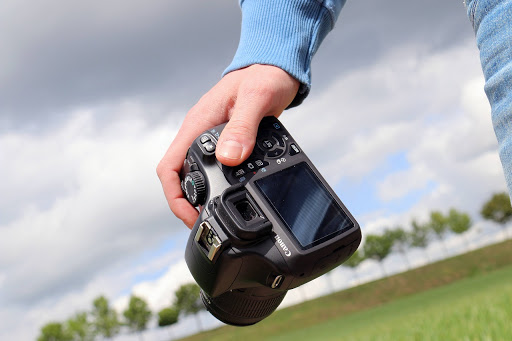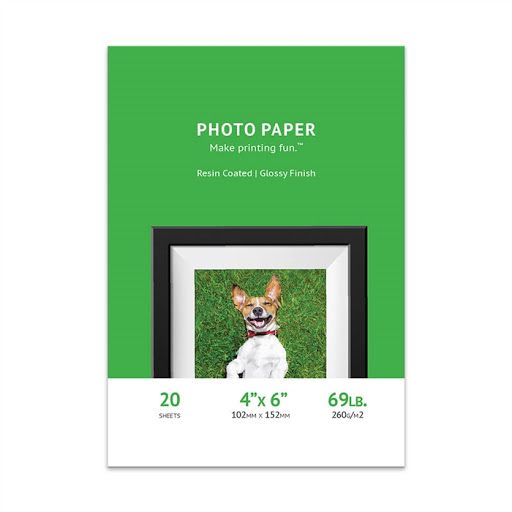4 Essentials You Need for Photography

Camera
Of course the first purchase you make should be a good quality camera. You can expect to pay $400 to $6,000 for a new camera, or shop around at camera resellers for a used camera.
Many photographers consistently rate Canonand Nikon as the best digital single-lens reflection (DSLR) camera brands. A DSLR camera integrates the optics and mechanisms of a single-lens reflex camera with a digital imaging sensor instead of using photographic film.
Some of the most popular options include Canon’s EOS Rebel T5 DSLR Camera with 18-55mm and 75-300mm Lenses, EOS Rebel T6 DSLR Camera with EF-S 18-55mm IS II and EF 75-300mm III Lens, and EOS Rebel T6i DSLR Camera with EF-S 18-55mm IS STM Lens. Nikon’s D3300 DSLR Camera with 18-55mm VR Lens, D5300 DSLR Camera with 18-55mm VR Lens, and D3300 DSLR Camera with 18-55mm VR II and 55-200mm VR II Lenses are also favorites for achieving those high-quality shots.
Lighting
One trick to getting that perfect soft light is to use continuous lighting, such as a softbox or LED photo light. You can then optimize the light conditions by adjusting the light output and color temperature.
If your camera doesn’t have a built-in flash, you’ll need to invest in one for professional results. Flash provides the ideal exposure and illumination for nearly every photographic subject. But to create uniform light and reduce shadows, you’ll also want a reflector, diffuser, or umbrella to balance the light from the flash.
Photo Editing
Adobe’s creative suite, particularly Adobe Photoshop CC, Adobe Photoshop Elements, and Adobe Photoshop Lightroom, is still the cream of the crop when it comes to enhancing your photos. Even if you don’t have prior experience with photo editing software, you can start to easily edit and retouch your images after watching the Adobe tutorials.
Corel PaintShop Pro is a cheaper choice than Adobe although it doesn’t have as many professional features. You should also consider some of the free web-based photo editors, including Pixlr and PicMonkey. These tools are easy to use and allow you to apply effects, filtering, and other editing techniques.
Photo Paper
 So now that you’ve taken and edited your photo, it’s time to choose the right photo paper for printing. You need a high-quality, heavy-weighted paper designed specifically for photos. Pick a resin-coated paper, which is water resistant and resists scratches.
So now that you’ve taken and edited your photo, it’s time to choose the right photo paper for printing. You need a high-quality, heavy-weighted paper designed specifically for photos. Pick a resin-coated paper, which is water resistant and resists scratches.
Glossy photo paper offers a bright, detailed appearance while matte photo paper provides a smudge-free, non-reflective finish. If you’re looking for a color-saturated, somewhat glossy finish with fingerprint resistance, then try luster photo paper. Often used in fine art reproduction, canvas photo paper is a good selection if you’d like to frame your photo.
Accessories
Lastly, before you embark on your photography project, check out the gear below to make shooting easier.
A bag specially designed for carrying your camera equipment is a must-have. These types of bags often come with dividers for storing your digital camera paraphernalia separately.
You’ll definitely want a camera mount, such as a tripod or monopod, if you intend to take portraits. The mounts stabilize your camera, helping you shoot a steady picture.
Camera straps also provide security. Choose a durable but lightweight strap if you plan on wearing your camera around your neck or shoulder.
Are you ready now to take vibrant photos? Let us know on Facebook or Twitter what you consider an essential photography tool and what type of photo paper you prefer for printing your favorite photos.
